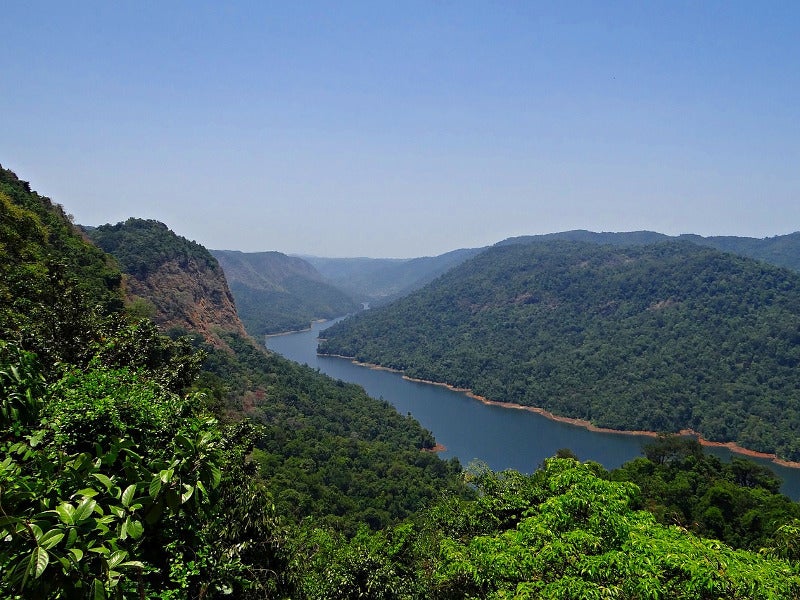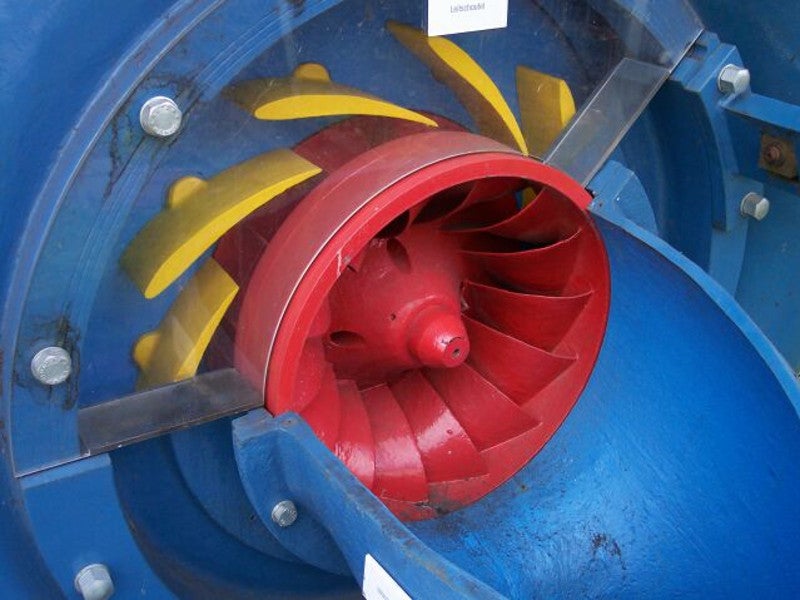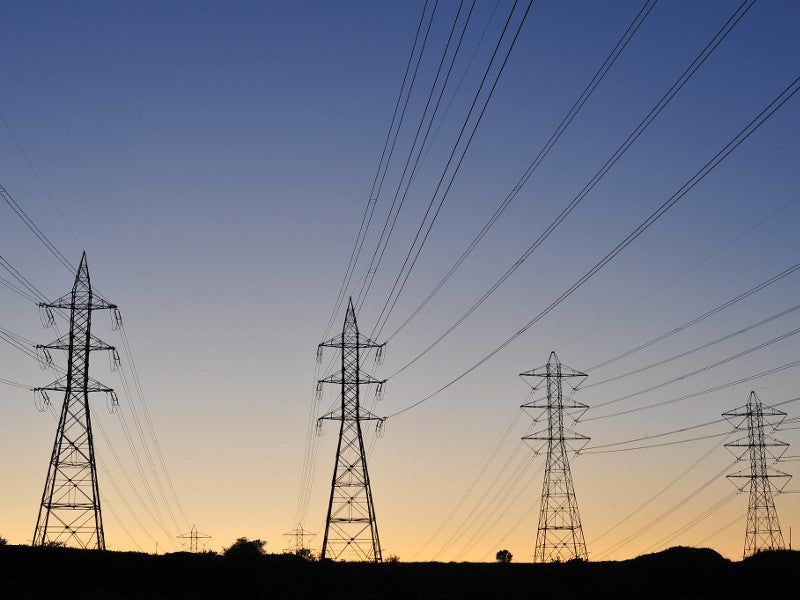Dibang is a flood control cum hydroelectric power project planned to be developed on the Dibang River, a tributary of Brahmaputra River, in Arunachal Pradesh, India. At 2,880MW installed capacity, it will be the country’s biggest hydropower facility.
The multi-purpose project is being developed by India’s state-run National Hydroelectric Power Corporation (NHPC), with an estimated investment of £3.26bn ($4bn).
The Government of India’s Cabinet Committee on Economic Affairs (CCEA) approved £186m ($232m) for pre-investment expenditure on the project in July 2019.
Expected for commissioning in 2028, the Dibang hydropower project is expected to generate up to 11,222 million units (MU) of electricity a year, while moderating flood to the extent of 3000m³/s in the downstream areas, during the monsoon period.
Project location and site details
The Dibang multi-purpose project will be developed on a 5,439ha-site in Munli village in Lower Dibang Valley district of Arunachal Pradesh, while the total catchment area for the project will be 11,276km².
The Dibang dam site will be located approximately 1.5km upstream of the confluence of Ashu Pani and Dibang rivers, approximately 43km away from Roing, the district headquarter of Lower Dibang Valley district.
Dibang hydropower project background
The project was accorded site-clearance in January 2004 and the environmental impact assessment (EIA) was completed by 2007.
Although the foundation stone was laid in January 2008, the project could not proceed due to opposition from local people and environmental groups that led to the Forest Advisory Committee (FAC) of the Government of India’s Ministry of Environment, Forest and Climate Change (MoEF&CC) rejecting the project in July 2023.
The FAC, however, granted clearance for the project with minor design changes to the dam structure in September 2014, after the change in India’s national political leadership in May 2014.
Dibang hydroelectric plant make-up
The Dibang hydropower project will involve the construction of a 278m-high and 375m-long concrete gravity dam, which will be the highest dam structure in the country.
The dam will create a 43km-long reservoir with a gross storage capacity of 3.85 billion cubic metres.
Five 12m-diameter horseshoe-shaped diversion tunnels, each up to 1.32km-long, will provide a total diversion capacity of 8,680m³/s. The project will feature Orifice-type spillway with a design flood capacity of 19,000m³/s.
Water from the reservoir will flow to the powerhouse through six 9m-diameter and up to 600m-long horseshoe-shaped headrace tunnels, and six 7.5m-diameter and 185m-long pressure shafts. Each pressure shaft will be bifurcated into two 5.2m-diameter circular penstocks.
The underground powerhouse for the project, to be located on the right bank of the river, approximately 250m downstream of the dam’s axis, will feature 12 Francis turbine units of 240MW capacity each.
Water from the powerhouse will be sent back to the river through six 9m-diameter horseshoe-shaped tailrace tunnels. The length of tailrace tunnels will vary between 320m and 470m.
Power supply
On project completion, the Government of Arunachal Pradesh will receive 12% free power from the Dibang hydroelectric facility, while another 1% of free power will be contributed to the state, through the Members of Parliament Local Area Development Fund (LADF).
The remaining will be sold to other north-eastern and eastern states of India.
Contractors involved
ÅF Consult (now ÅF Pöyry) was engaged to review the detailed project report as well as the construction planning for the Dibang multi-purpose project.
It also provided advisory services for the working plan for diversion tunnels, as well as for project management planning.





